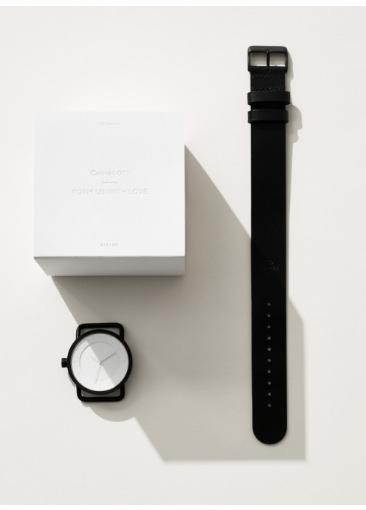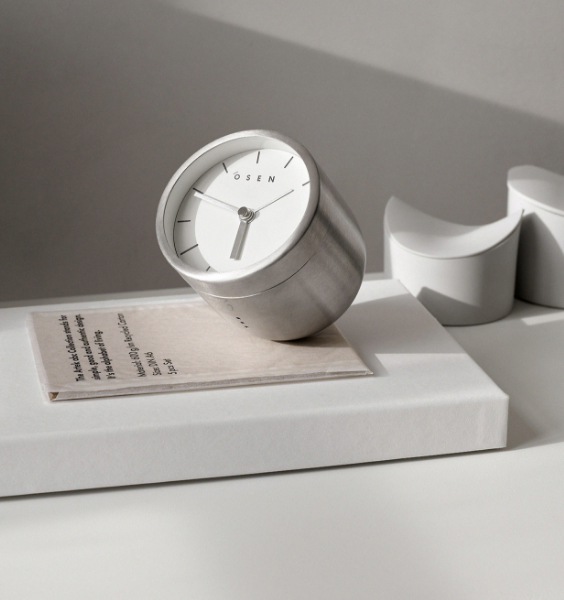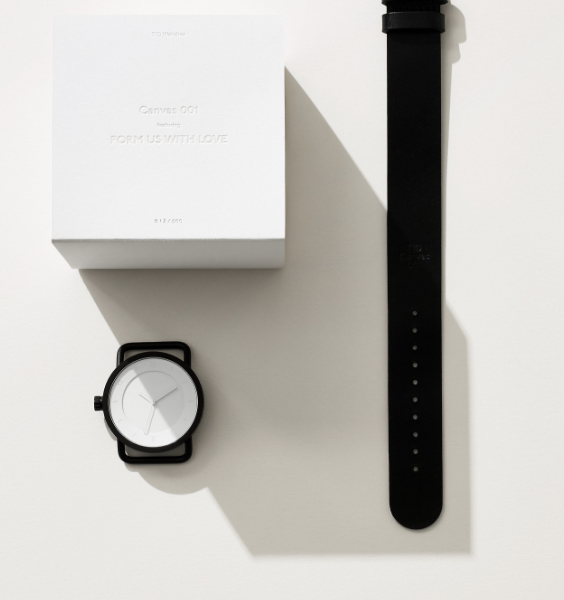January 12, 2025 by Bubaki Design
Coded Components

We’re developing a library of unusually shaped structural and decorative elements through computational design processes, investigating how algorithmic generation can create forms that would be difficult to achieve through traditional design methods.




The Algorithmic Approach
Traditional manufacturing often constrains us to simple, repetitive forms. But what if we could generate components that are both structurally sound and visually striking, each one unique yet part of a coherent system?
Our coded components emerge from:
- Parametric design systems that respond to functional requirements
- Generative algorithms that explore form possibilities beyond human imagination
- Structural optimization that ensures each piece performs its intended function
- Aesthetic algorithms that maintain visual coherence across different scales
From Code to Physical Reality
Each component begins as a set of parameters and constraints in code. We define the functional requirements—load-bearing capacity, connection points, material thickness—and let the algorithm explore thousands of possible forms within those boundaries.
The most promising designs are then prototyped using:
- 3D printing for rapid iteration and testing
- CNC machining for precise metal and wood components
- Laser cutting for sheet material exploration
- Hybrid manufacturing combining multiple processes
Current Applications
We’re applying this approach across multiple scales:
Architectural Details: Unique brackets, joints, and connectors that add visual interest while solving structural challenges
Furniture Components: Table legs, chair backs, and support structures that blur the line between functional and sculptural
Lighting Elements: Algorithmically-generated shades and reflectors that create specific lighting patterns
Decorative Objects: Non-functional pieces that showcase the aesthetic potential of computational design
The Bouba/Kiki Effect
Our work draws inspiration from the Bouba/Kiki effect—the psychological phenomenon where certain shapes evoke specific emotional responses. We’re developing algorithms that can generate forms along different emotional spectrums, creating components that feel gentle and organic or sharp and energetic as needed.
This research into the psychology of form helps us create objects that don’t just function well, but feel right to the people who interact with them.
Technical Deep Dive
For those interested in the technical aspects, our current toolkit includes:
- Grasshopper/Rhino for parametric modeling
- Processing/p5.js for algorithmic exploration
- Blender Python API for complex geometry generation
- Custom tools built in various programming languages
We’re constantly expanding this toolkit, believing that the right tool for each creative challenge often doesn’t exist yet—so we build it.
Future Directions
We’re exploring how these computational approaches might scale to urban planning, where entire neighborhoods could emerge from algorithms that balance human needs, environmental factors, and aesthetic coherence.
The goal isn’t to replace human creativity, but to expand it—creating tools that help us discover forms and solutions we wouldn’t have considered through traditional design methods alone.